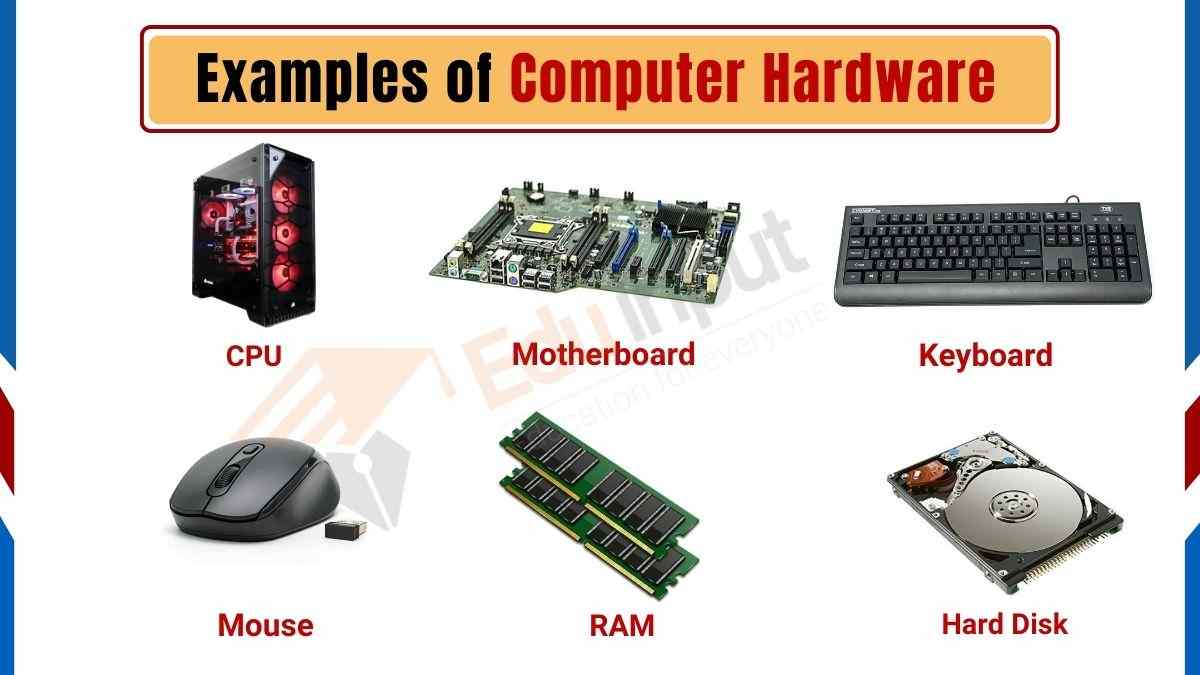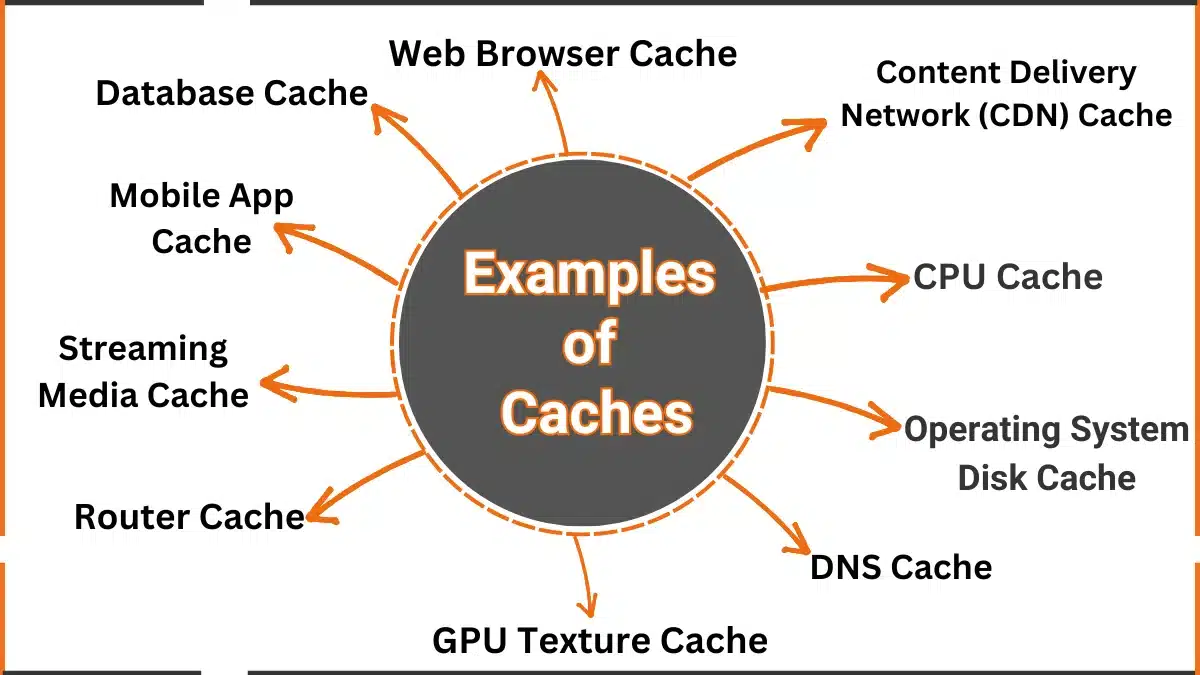10 Examples of Printers
Printers are invaluable devices that convert digital documents and images into physical hard copies. This article covers 10 examples of printers and their uses. So you can choose the right one for your home or office.
Examples of Printers
Here are different examples of printers:

1. Inkjet Printers
Inkjet printers are the most common example of printers. They work by spraying microscopic dots of ink onto paper. Inkjets are affordable, provide high print quality for photos and graphics, and work for basic document printing.
Key Features:
- Print photos and graphics at up to 4800 dpi
- Low cost for home use
- Support color and black ink
Best For: Home use, photos, graphics
2. Laser Printers
Laser printers use a laser beam and toner to fuse text and images onto paper. They print faster than inkjets and are ideal for high-volume office printing. Monochrome laser printers provide sharp text for documents. Color lasers are pricier but provide vibrant graphics.
Key Features:
- Fast print speeds
- Economical for high-volume printing
- Sharp text output
Best For– Offices, black & white documents
3. All-in-One Printers
All-in-one or multifunction printers provide print, copy, scan, and sometimes fax capabilities in a single device. This makes them convenient for home offices that need multiple functions without buying separate devices.
Key Features:
- Print, copy, scan, and sometimes fax
- Consolidates functionality into one device
- Wi-Fi connectivity for mobile printing
Best For: Home offices, small businesses
4. Photo Printers
Photo printers are designed specifically for printing high-quality photographic prints. They use 6 or more ink colors to produce continuous tone prints without banding or dithering. Some photo printers use dye-sublimation for stunning photorealism.
Key Features:
- Print lab-quality photos at home
- 6 or more ink colors for continuous tones
- Accept photo paper rolls or sheets
Best For- Photographers, photo printing
5. 3D Printers
3D printers build 3D objects out of plastic, metal, or other materials. The printing process is additive, laying down successive layers of material until the design is complete. Professional 3D printers are used for prototyping, manufacturing, dentistry, and more.
Key Features:
- Print functional 3D objects
- Use materials like plastic, resin, metal
- Professional models provide high accuracy
Best For: Prototyping, manufacturing, dentistry
6. Label Printers
Label printers efficiently print labels for organizing, mailing, and labeling products, and barcodes. Models optimized for label printing accurately feed label sheets. Some support specialty ribbons like heat transfer labels.
Key Features:
- Designed for label sheets
- Create shipping, file folder, product, and mailing labels
- Optional thermal transfer mode
Best For: Shipping rooms, inventory management
7. POS Printers
Point-of-sale (POS) printers are specialized for retail receipts. They are speedy and durable enough to handle high volume. Features like auto-cutters slice receipts efficiently. Top-feeding models have integrated presenters to neatly deliver receipts.
Key Features:
- Fast print speeds up to 350mm/second
- Reliable for heavy use
- Top feed presenter models
- Receipt authentication and endorsement
Best For- Retail POS, restaurants, hospitality
8. ID Card Printers
ID card printers create durable plastic ID cards for schools, businesses, and organizations. They print and embed text, photos, barcodes, and more onto the cards for security. Advanced card printers add holograms and RFID support.
Key Features:
- Print and encode ID cards
- Add holograms, magnetic stripes
- Create student IDs, employee badges, etc.
- High durability cards
Best For: Schools, businesses, organizations
9. Dye-Sublimation Printers
Dye-sublimation printers use heat to infuse dye into specially coated paper. This produces continuous tones for photorealistic prints without pixelation or banding. Common uses include photo printing, sports memorabilia, and soft signage.
Key Features:
- Photographic print quality
- Continuous tones, no dots
- Used for photos, keepsakes, soft signage
- Accept a wide media range
Best For: Photo printing, memorabilia, graphics
10. Large-Format Printers
Large-format printers produce oversized prints for banners, posters, technical drawings, retail graphics, and more. Large-format inkjet printers support media sizes over 24 inches wide. Some use multiple print heads for high speed.
Key Features:
- Print widths over 24 inches
- Fast print speeds for high productivity
- Print banners, posters, floor graphics
- High-quality color and black & white
Best For: Sign shops, engineers, graphic designers
FAQs
What are printers and their types?
Printers are devices that produce hard copies of digital documents.
Types:
Inkjet Printer
Laser Printer
Dot Matrix Printer
Thermal Printer
3D Printer
Why are printers used?
A printer works by receiving data from a computer and then applying ink or toner to paper to create a physical copy of the digital document.
What are the characteristics of a printer?
Printer characteristics include:
Print Speed
Print Quality
Connectivity
Paper Handling
How does a printer work?
A printer converts digital data into a physical copy by applying ink or toner to paper and ejecting the printed document.







Leave a Reply